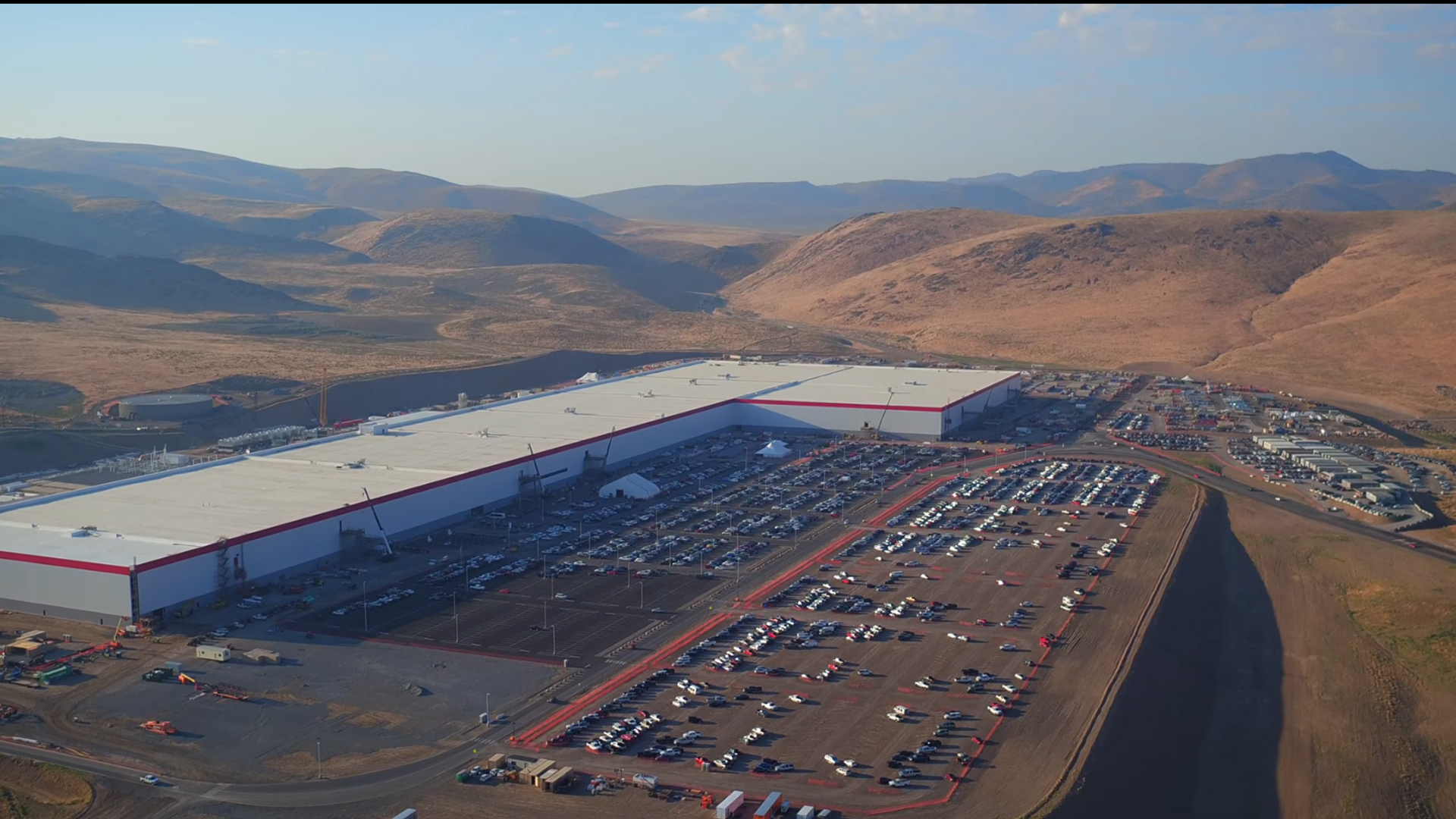

Despite some unorthodox behavior from Elon Musk during the last quarterly earnings call, good news came for both investors and fans of Tesla when the CEO made a few key remarks about the company’s future. Since the automaker’s sole manufacturing plant is “jammed to the gills,” according to Musk, while chugging away at Model 3 production, Tesla will be announcing locations for two new Tesla factories as early as this summer.
Currently, Tesla has one location which was previously utilized by General Motors and Toyota. Located in Fremont, California, the automaker makes use of this factory to build its Model S, Model X, and Model 3 electric vehicles.
During the call, Musk depicted the factory to be at capacity, limiting its possibilities for expanding using the Fremont location alone. Because of this, Tesla is scouting a new manufacturing location to begin operations within the next two years.
This plant will be responsible for the production of Tesla’s upcoming vehicle, the Model Y, which is slated for production closer to the end of 2019. Depending on the size of the plant, it may be used to either broaden current production numbers or saved as a placeholder for future models, including an all-electric pickup to enter the market shortly after the Model Y’s release.
Musk also brought to light a second Gigafactory that the company plans to build in China. The existing Gigafactory located in Reno, Nevada has a primary focus of manufacturing batteries and the motors shared between the Model 3 and Tesla Semi. The new Gigafactory in China will likely focus on battery production as well, but with a twist.
It was also mentioned that all future Tesla plants would be manufacturing both vehicles and batteries in the same facility. This is unlike the currently established model, where Tesla must transport its batteries over 200 miles from the Gigafactory to its Fremont facility. It also leaves an open-ended answer as to if Tesla is planning on using its future location in China to manufacture vehicles for domestic market use, given the country’s recent decision to open its auto manufacturing sector to independent foreign entities.
Tesla’s production numbers of the Model 3 have been under scrutiny over the last several months, as the automaker struggled to meet production goals. Delays stemming from outside suppliers, automation complications, and a push for quality control have resulted in a less than desirable reaction from the hundreds of thousands of Model 3 reservation holders. Hopefully, the increase in space will allow for Tesla to build a more robust platform for the production of the Model Y and ease overseas deliveries of some vehicles from Tesla’s current lineup. With Musk’s talk of the current facilities being “crazy packed,” it will surely be a welcomed change.